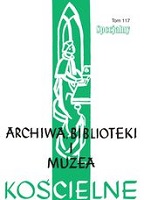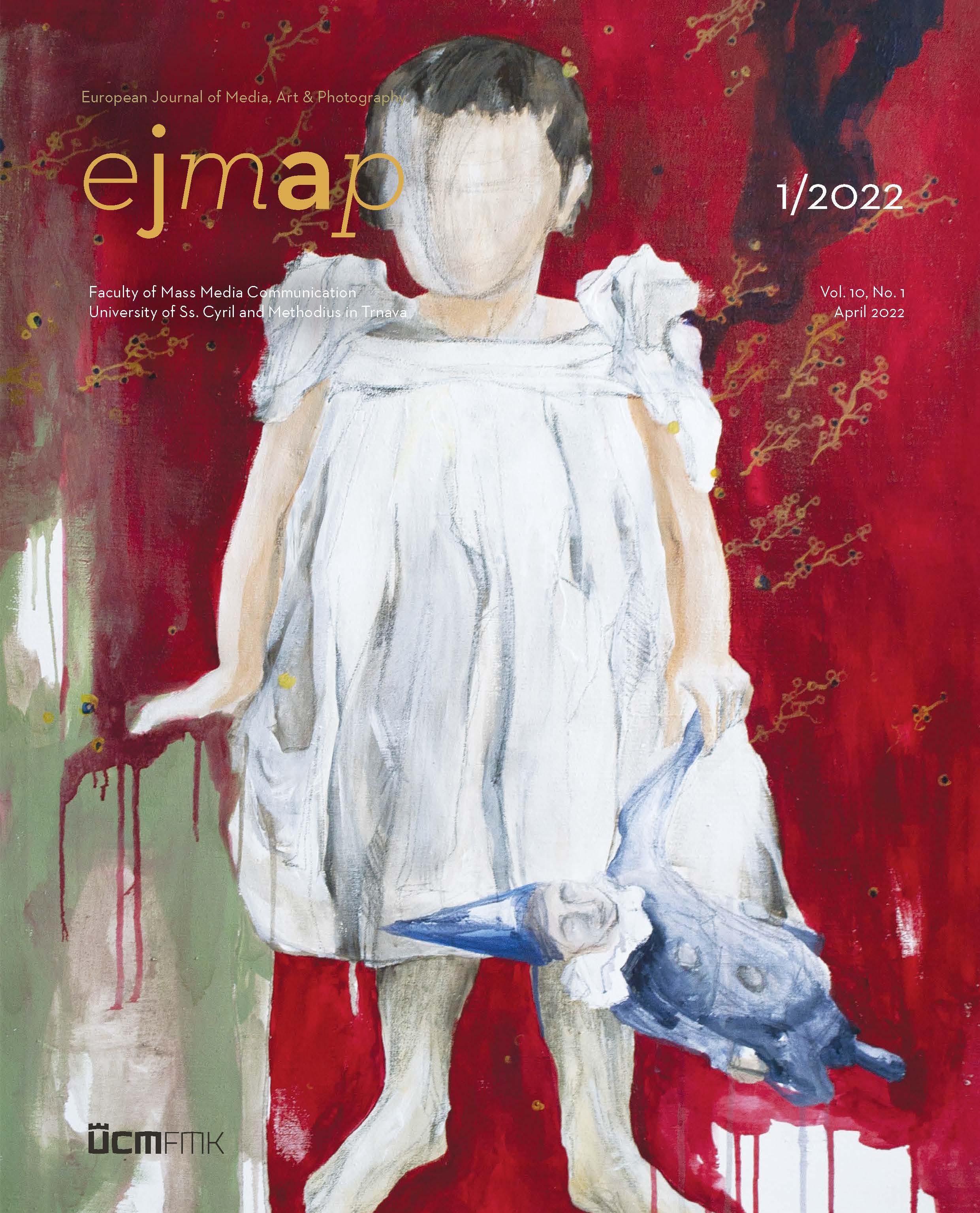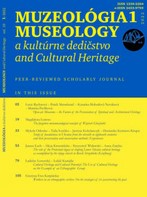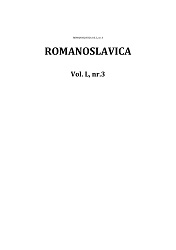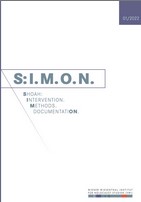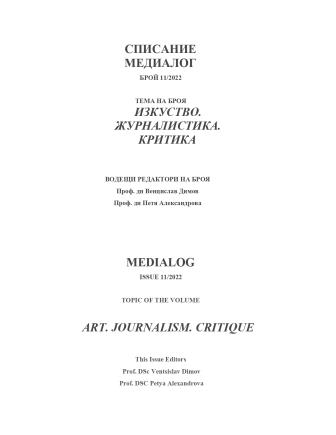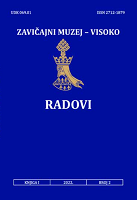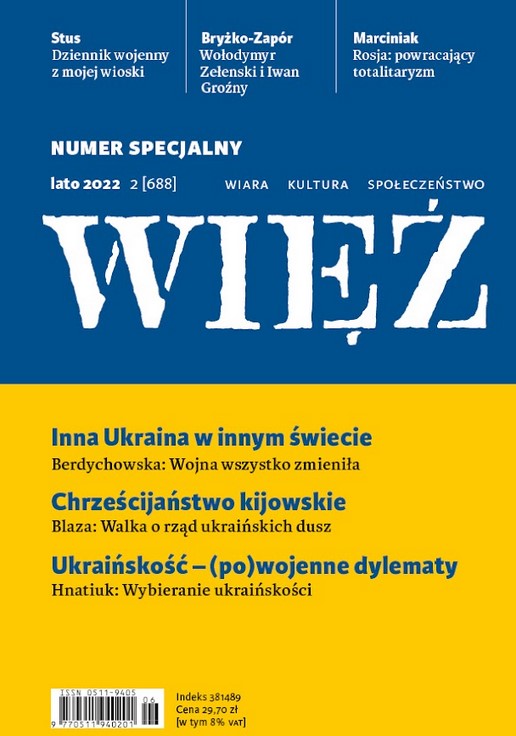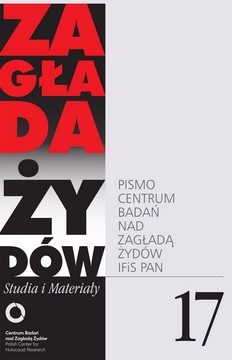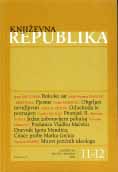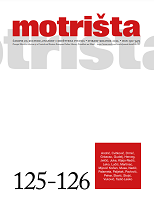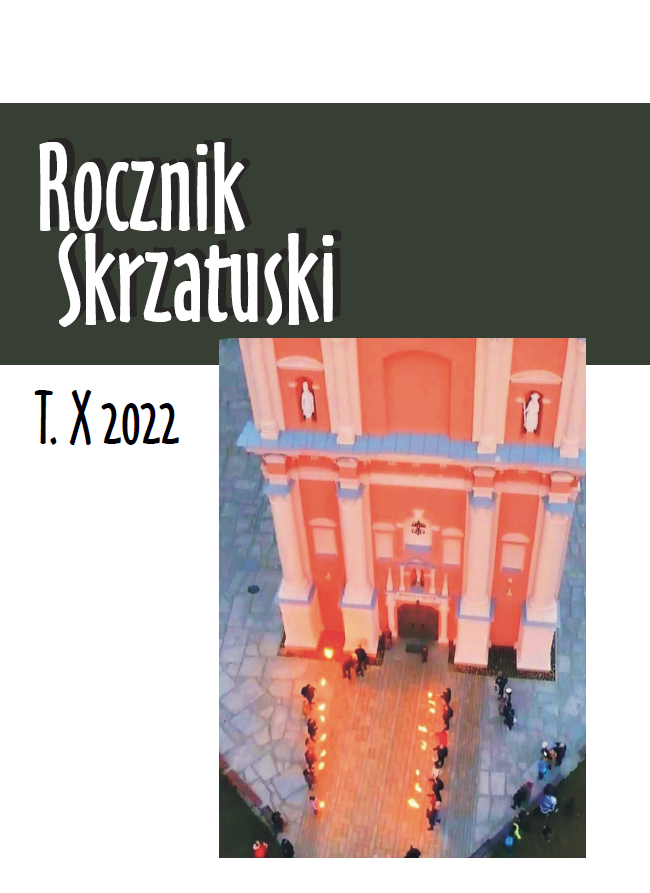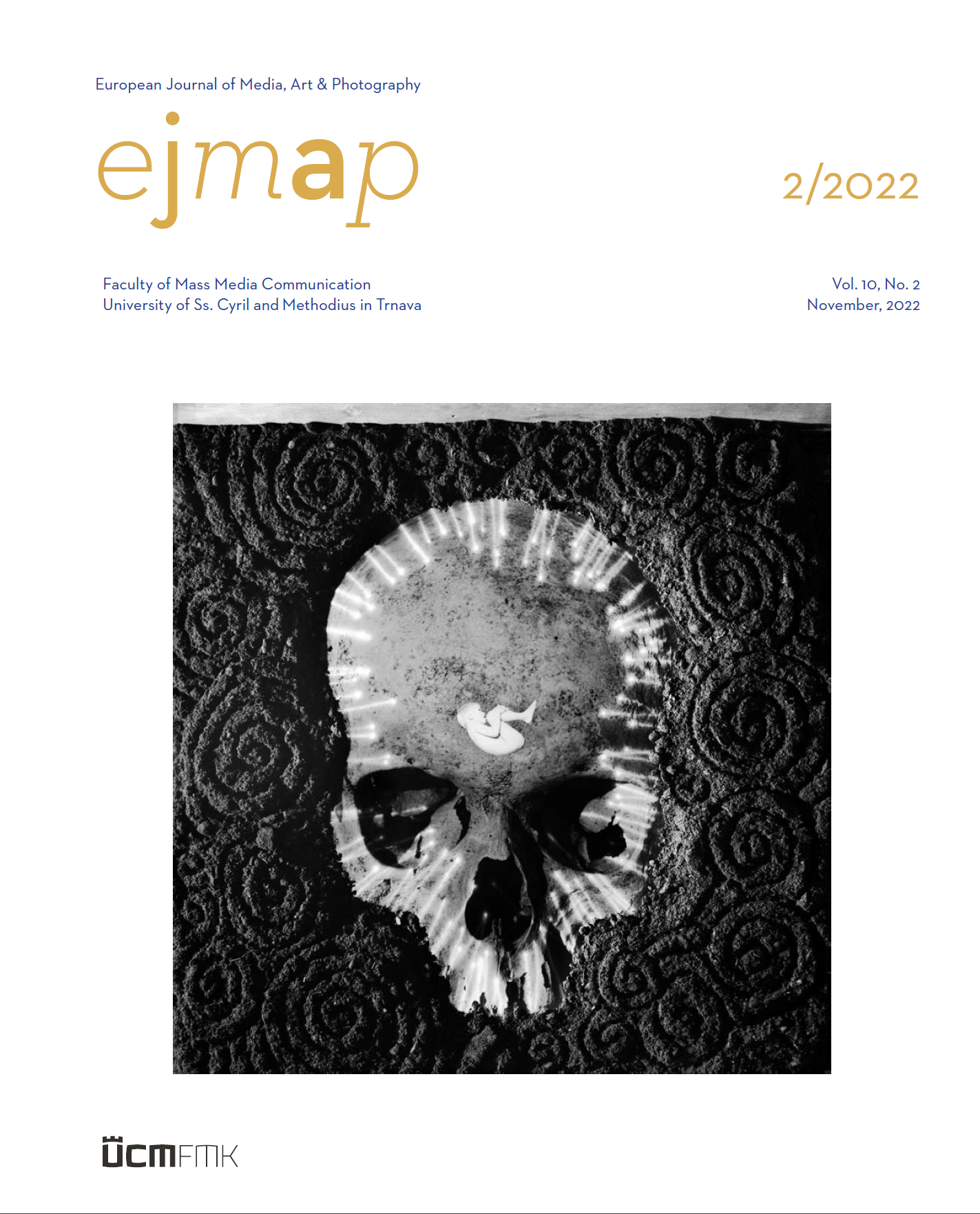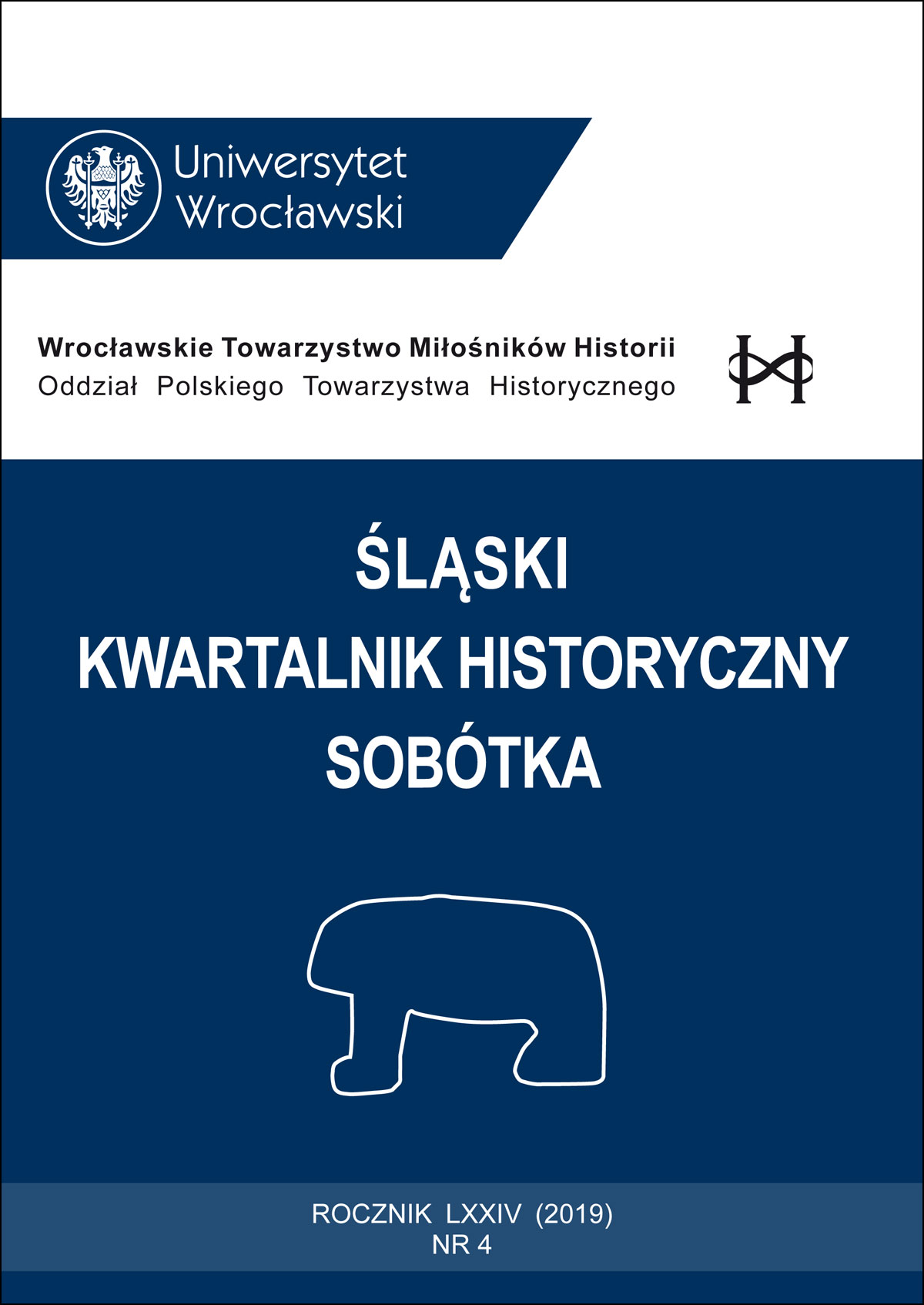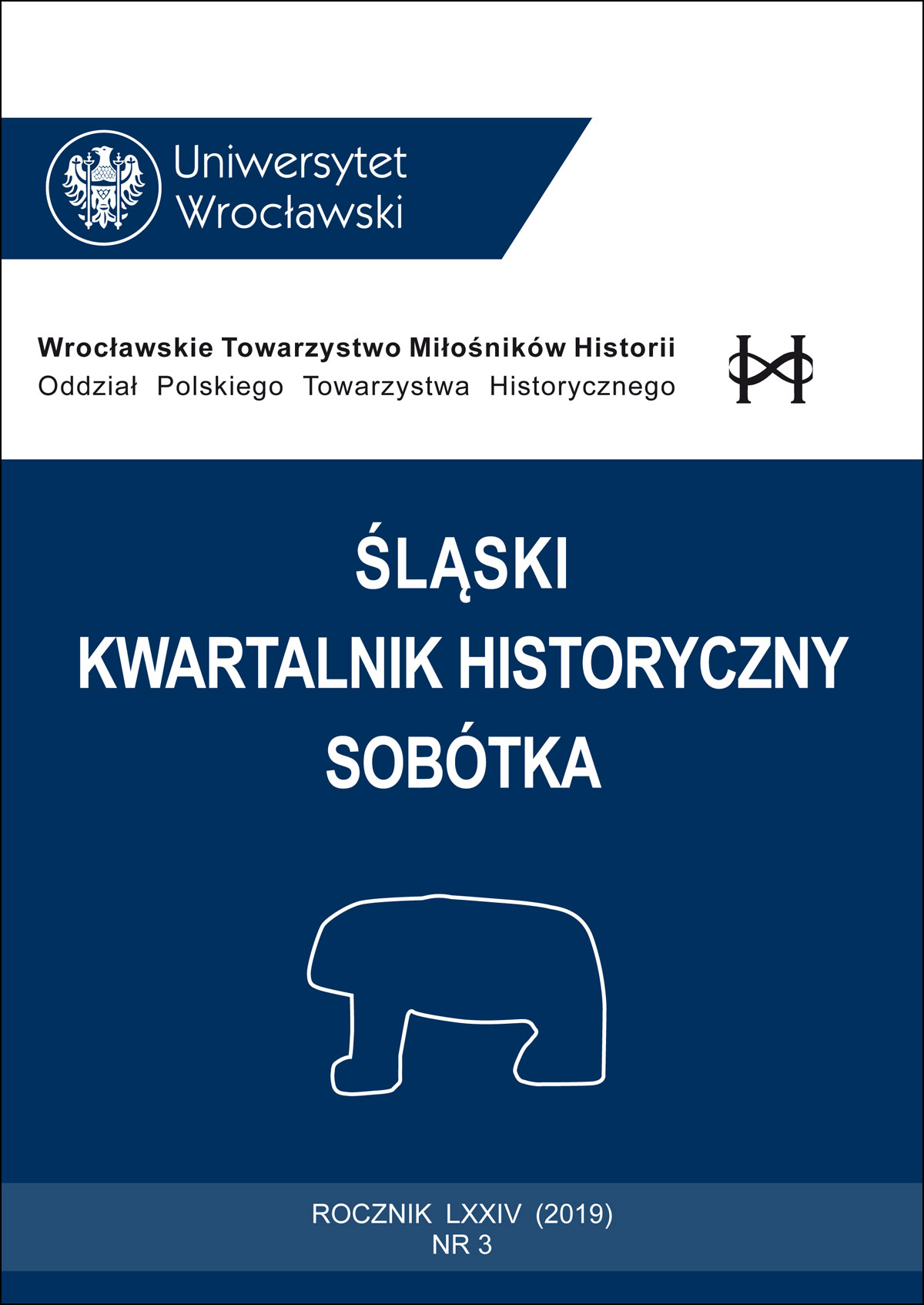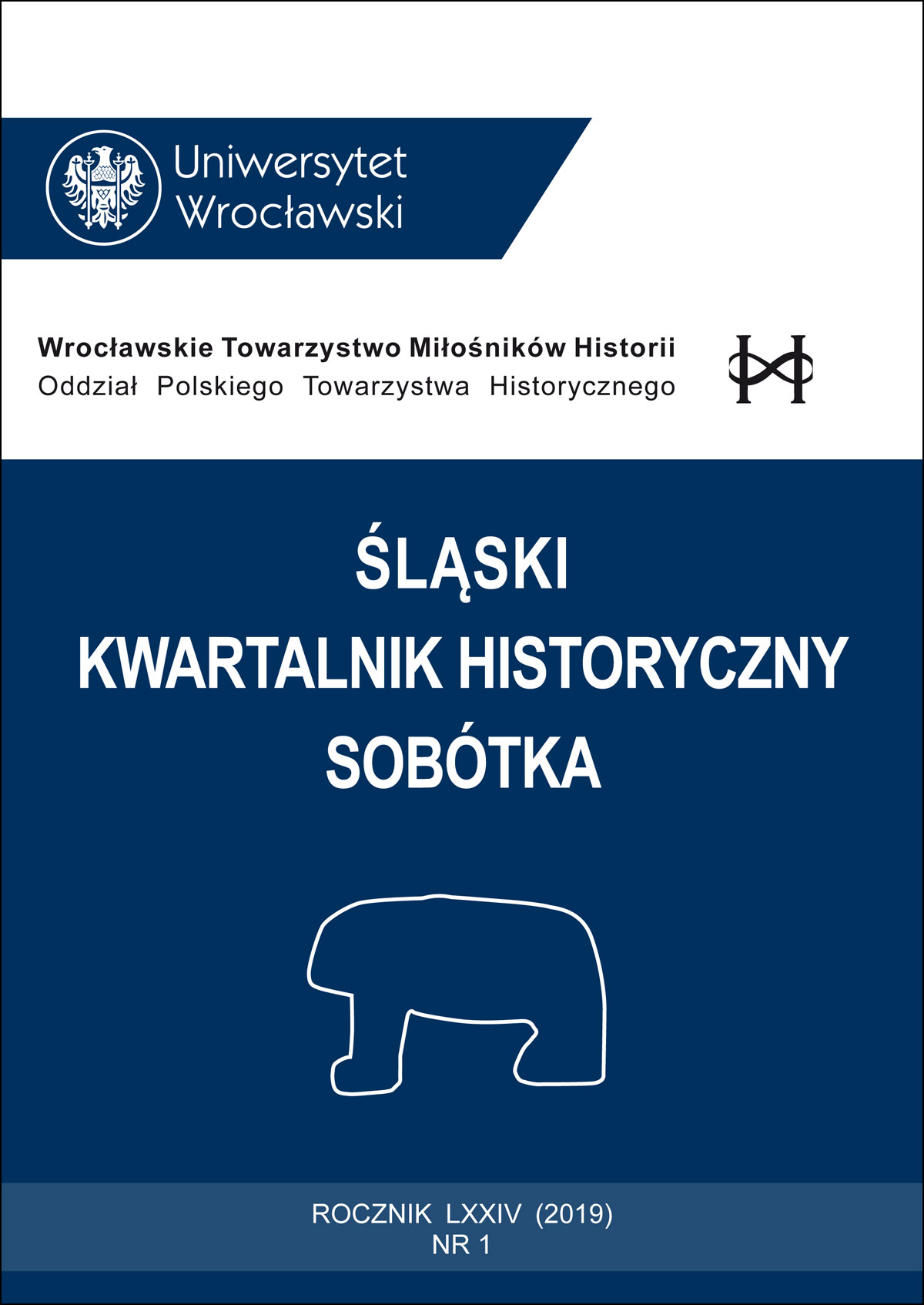Author(s): Robo Kočan / Language(s): English
Issue: 2/2022
The portfolio of the visual artist and photographer Robo Kočan, who is based in Poprad, Slovakia, presents a selection of his artwork. He belongs to the prominent representatives of the second new wave of Slovak photographers, who in the 1990s intervened strongly not only in the Slovak but also in the Central European art space, especially through their multimedia approach to photography and new techniques in staged photography. His body of work is focused on mixed-media (issues of identity, family history and racial unity) and staged photography (luminography, scenography, additional painting into the image). Topics of night, fairy-tale fantasies, pre-staged compositions, large scale images and limited editions of prints brought this artist international recognition with many opportunities for artists-in-residence and other creative programs. In his work Robo Kočan combines a variety of aesthetic approaches in a rare ratio; the systematic method with an unceasing need to discover the novel, technical excellence with poetry, and an entertaining playfulness in combination with dark journeys into our unconscious. His photographic series reflect both his need and ability to employ reality as a backdrop for the creation of his fantasies. Through his art Kočan doesn’t aim to escape from reality but to broaden the perception and deepen the awareness of elements hidden beneath the surface of everyday life. His artistic work is characterised by a systematic review of photography as a medium and an exploration of the possibilities of its extension. Robo Kočan has the ability to “see the anticipated”. The anticipated and wanted, buried deeply in the subconsciousness, which transports us through the “lines of light”" of his photographs by means of an inconsiderate – ironic, but also poetic, to a childish playful view of the world. Robo Kočan connects parallel worlds. He balances the noise of the city with the silence of nature, he casts doubt on reality through fiction, and draws light into darkness. He often travels, travelling around for meditation and the diversity of other countries and cultures, in order to add perceptions and emotions into his photographic images. For him, photography has never been an authoritative documentary tool, but a storyteller, a medium that can reveal the imperceptible layers of everyday life, his reality, which, for a moment, can also be ours.
More...
